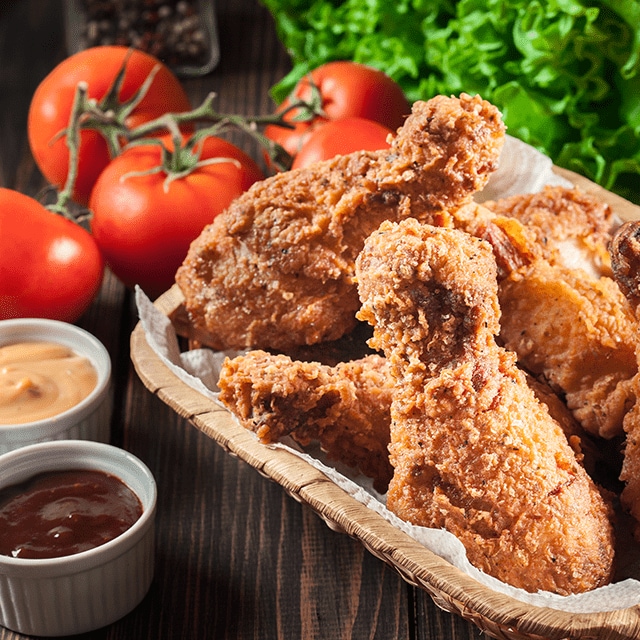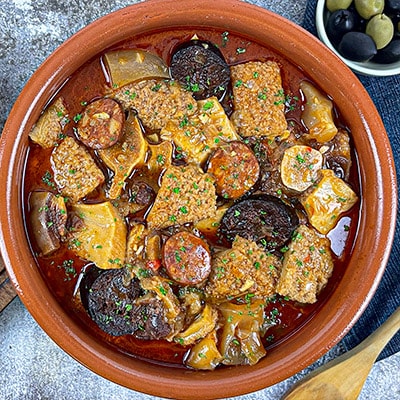Kitchens, regardless of size, can quickly become chaotic. Especially during peak hours, many cooking mishaps, accidents, and errors can occur. Food orders can take longer to prepare, customer satisfaction dips, and your cash flow suffers. Preventing these, thankfully, takes little work. In fact, it only involves embracing and recognizing the importance of mise en place in your daily operations.
But what exactly does mise en place mean? And how does this seemingly fancy foreign term impact F&B businesses? Read on to learn more.
What Is Mise en Place?
Mise en place is a French term that translates to “put in place” or “everything in its place.” In the kitchen, the phrase means gathering, preparing, and organizing recipe ingredients, equipment, and tools before cooking. The principle also involves arranging and setting up the kitchen workspace systematically and efficiently.

Why Is Mise en Place Important?
No matter your role, whether you’re a baker, chef, or restaurant manager, practicing mise en place is an essential skill to adopt. Here are some of its advantages:
- Efficiency: Implementing this principle enhances your workflow efficiency. When your staff completes the necessary prep work before cooking, navigating through the steps of best-selling dishes becomes a breeze.
- Organization: An organized workplace reduces confusion and minimizes food waste. Having a system also helps your team concentrate on specific tasks and stay motivated on busy days.
- Preparation: Mise en place is all about finishing your prep work ahead. Thus, it enables your kitchen crew to keep your inventory updated and identify low-stock ingredients. It also guarantees that your staff follows recipes correctly and completes orders promptly.
Keeping “everything in its place” involves planning and anticipating all tasks from opening to closing. Chefs who know how to make mise en place a priority are in control of their kitchens.

How to Implement Mise en Place in Your Kitchen
Implementing mise en place in commercial kitchens is relatively easy. Start by analyzing a recipe and breaking it down into stages. Then, group the elements of each step together, including all the tools and utensils you’ll need. As an example, here’s how you should prepare a common restaurant bestseller – fried chicken:
- Prepare the deep-fryer and set it to the right temperature.
- Place your tongs, food thermometer, strainer, perforated food pans, and paper towels on the kitchen counter or near the cooking station.
- Separate the ingredients for the different stages: brining, breading, frying (oil), and serving (sauces or glazes).
- Brine your chicken and marinate it in advance; use Knorr Chicken Powder for an even meatier taste. If you want to punch up the flavor, add Knorr Liquid Seasoning to your solution.
- Set up a station for coating or breading the chicken. Place the seasoned flour, beaten eggs, and breadcrumbs in separate containers.
- Prepare dipping sauces or glazes and transfer them into containers. Take your pick from Knorr Gravy Mix, Knorr Barbeque Sauce, or Knorr Teriyaki Sauce.
- Assemble the side dishes or designate another team member to prep the salad, fries, or steamed rice.
- Once “everything is in its place,” heat the oil and fry your meat until golden and crunchy. You can then serve it immediately since the sauces and sides are ready.

Extending Mise en Place to FOH Operations
Some limit their early prep work to kitchen duties, overlooking the importance of mise en place in your front-of-house operations. This is a mistake. When you implement the principle even in your dining hall, you can reduce guest complaints and boost customer service.
Here are FOH mise en and place examples you can enforce before diners arrive:
- Check the reservation book ahead of service to plan the day ahead.
- Discuss the flow of service with the chef and FOH staff.
- Adjust the music, lighting, and temperature.
- Set the floor plan and adjust tables, chairs, place settings, etc.
- Polish flatware and glassware.
- Fold napkins and table linen.
- Fill condiments.
- Chill or preheat beverages.
- Update the menu to reflect specials or unavailable items.
- Stock service areas.
Restaurants that fully leverage mise en place in their FOH make their guests a priority. As such, customers feel at ease and pampered, allowing them to savor their meals fully. Remember this simple yet impactful premise: prepare as much as possible and keep everything accessible.

Smart Tips for Flawless Mise en Place Execution
Need more tips for seamless mise en place implementation? Consider these:
- Purchase a set of four or more “pinch” or “mini” bowls to hold ingredients and prevent cross-contamination.
- Keep your standardized recipe at hand and develop a plan to progress through every stage.
- Gather all your ingredients, utensils, and equipment needed for each recipe. Group them by stage and place them in separate trays.
- Wash, cut, dice, chop, and measure your components individually.
- Place the prepared ingredients in appropriately sized dishes, bowls, and containers for easy access.
- Combine similar ingredients you will cook at the same time. For example, you can already place carrots and potatoes in one bowl.
- Set your ingredients (that do not need to be chilled) around your cooking station.
Never ignore the importance of mise en place in your daily operations. This fundamental and invaluable principle remains a cornerstone in the culinary world. It’s your best option if you want to keep your kitchen and dining hall organized, efficient, and prepared for any possibility. Make sure you share these tips with your team to keep your work dynamics flawless.



